Shockwave therapy for horses
ESWT (Extracorporeal Shock Wave Therapy) or Shockwave is used in human medicine since decades. It is still used for lithotripsy: a non-invasive technique for the crushing of kidney stones. Years ago ESWT was profiled as the promising technique solving almost every problem. We now know this is not the case, but the technique still has some indications. ESWT is a useful technique for some orthopaedic disorders such as tendon injuries and insertional diseases of tendons and ligaments. The technique is also used on a lot of other places all over the body, but the value of it is not proven.
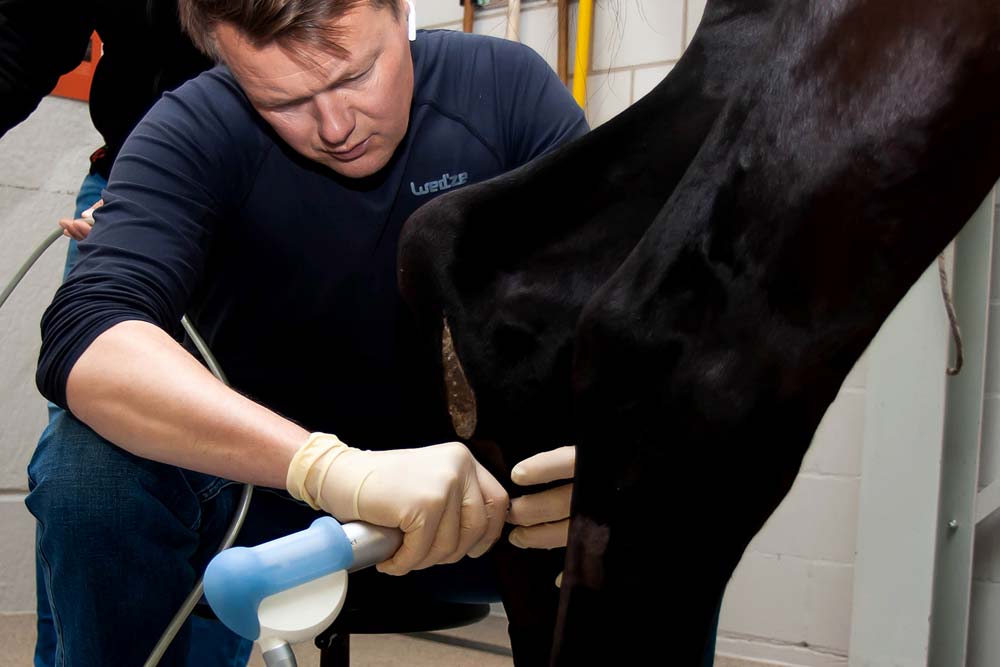
Toepassing
Binnen de paardengeneeskunde gebruiken we schokgolftherapie ter behandeling van orthopedische problemen zoals peesblessures en aanhechtingspathologieën van pezen (tenniselleboog, hielspoor). ESWT wordt nogal eens op meer plaatsen op het paardenlichaam ingezet, maar van andere dan bovengenoemde toepassingen is het effect is niet altijd bewezen en zijn de resultaten niet éénduidig.
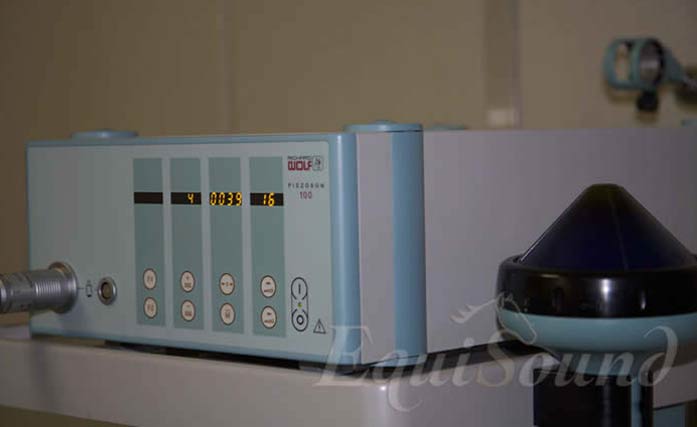
Niet eenvoudig
De kunst van ESWT is tweeledig:
- Zoals bij alle behandelingsvormen, is het een kunst om de juiste techniek bij de juiste patiënt met de ‘juiste blessure’ te gebruiken. Niet alle blessures zijn zomaar geschikt om behandeld te worden met ESWT.
- Ook is het geen sinecure om de energie op de juiste plaats te deponeren. Het focusgebied is immers slechts enkele mm³ groot. De kundigheid en echografische precisie van de operator is dus van primordiaal belang.
Conclusie: ESTW is een waardevolle techniek indien ze gebruikt wordt op de juiste plaats, op het juiste moment en met de juiste intensiteit.
Types of shockwave systems
2 different principles:
1) Focused
Focused ESWT systems producing focused shock waves, deposit the energy
on one point or focus. Thus the energy per mm³ is much bigger compared to the
radial system. The depth of the focus can be chosen. This type of shock wave
system is also used in human medicine for the crushing of kidney stones.
There are three different types for generating focused shockwaves:
-
Electro-hydraulic (EH)
- Electro-magnetic (EM)
- Piëzo-electric (PE)
2) Radial
Radial Shock waves produced by a pneumatic hammer are emitted in a
radial way. Thus the intensity of the shock waves is the highest at the surface
(the skin) and gets lower and lower when moving further away from the hammer.
The waves are diverging.
This type of ESWT can be used for the treatment of
superficial structures. Treatment of deeper structures is more difficult because
the diverging shock waves lose lots of energy before getting at the place to be.
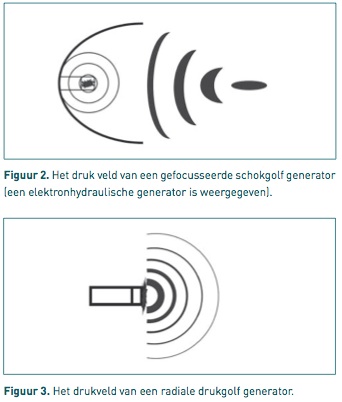
Biological effects of ESWT
1) Influencing pain sensation
ESWT zou een pijndempend effect hebben en tot hyperstimulatie analgesie leiden. Dit houdt in dat door overstimulatie van de behandelde plek, er geen pijnsignalen meer doorgegeven worden naar de hersenstam.
2) Tissue regeneration
Een tweede hypothese is dat ESWT een positief effect heeft op weefselregeneratie door:
- De toename van neovascularisatie in de pees-bot overgang.
- Het opwekken van groeifactoren zoals vasculo-endothelial growth factor (vegf).
- Het stimuleren van de collageenproductie en het afvoeren van beschadigd collageen, wat resulteert in een verhoogde matrix-turnover.
- Het beïnvloeden van stamcelmigratie en -proliferatie via mechanotransductie.
- De stijging in de celpermeabiliteit. De stimulatie van de celdeling.
3) Destruction of calcifications
Ten derde zou ESWT calcificaties in de pees vernietigen. Deze hypothese sluit aan bij de werking van lithotripsie, waarbij de schokgolf (waarschijnlijk door cavitatie als gevolg van de negatieve fase) de niersteen desintegreert. Een aantal onderzoeken toonde aan dat calcificaties in de schouder verdwenen met behulp van ESWT.
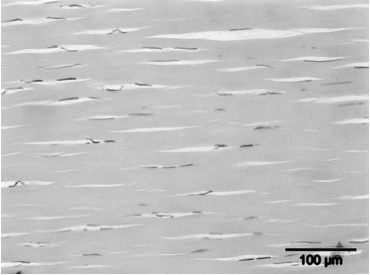
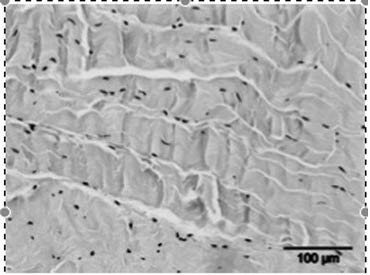
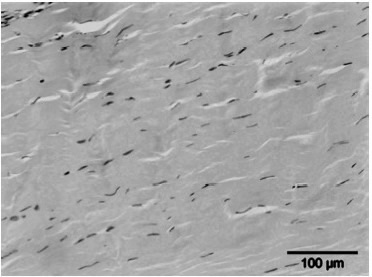
Side effects
Experiencing pain during shock wave treatment has two origins: at the treated place (related to the intensity of the shock waves) and on the skin.
Indications for the application of ESWT for horses
- Insertional desmopathy of tendons and ligaments
- Degenerative processes in tendons and ligaments

